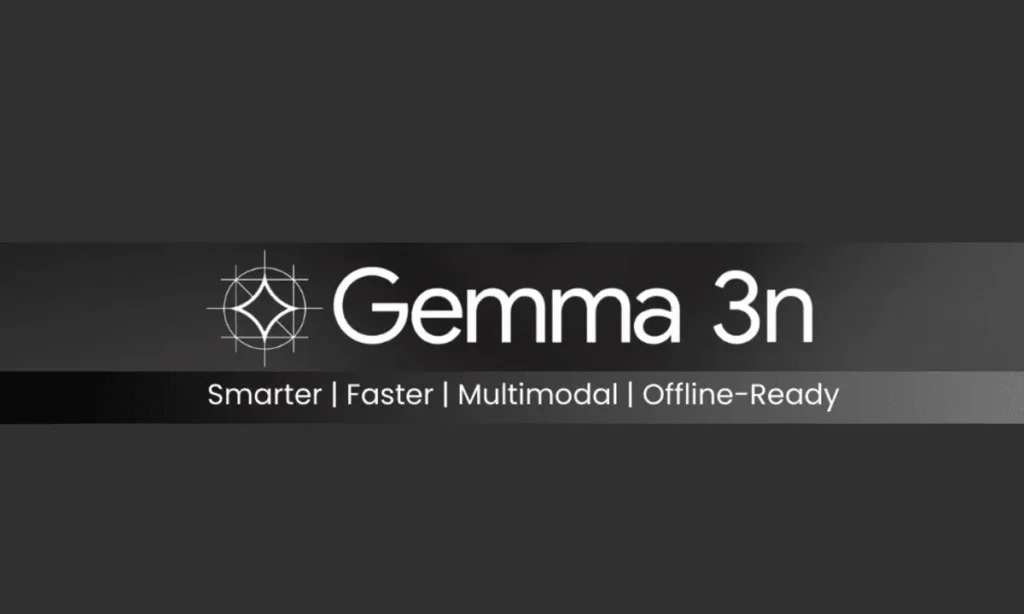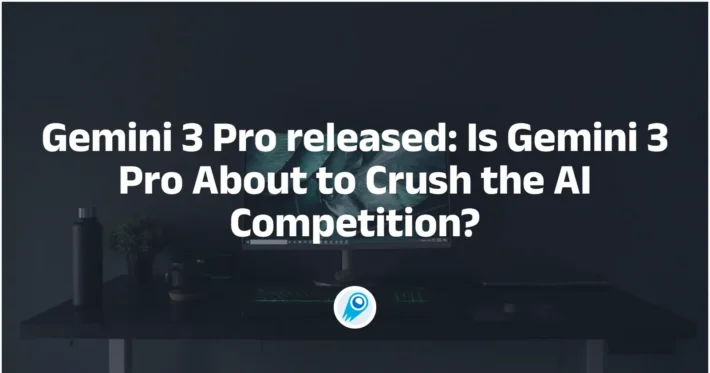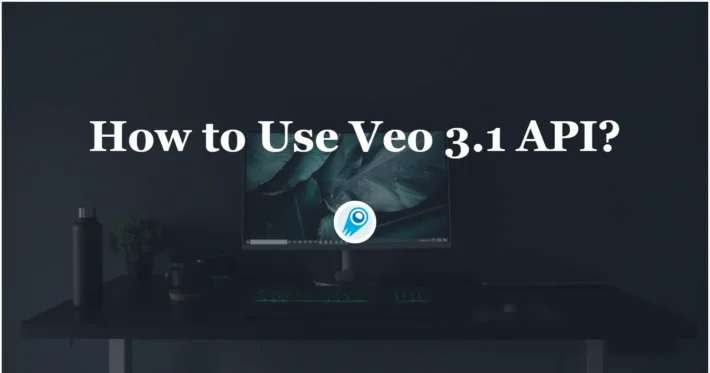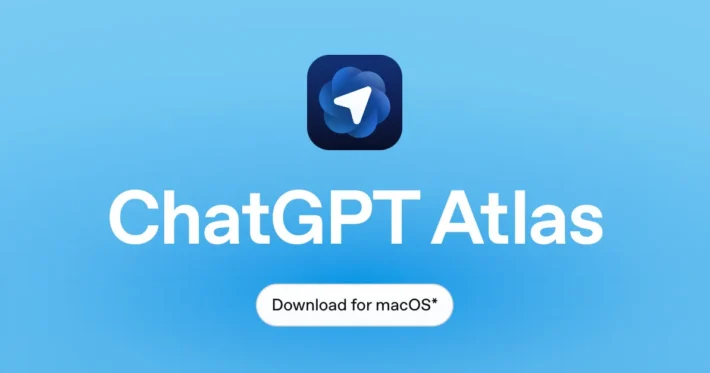How Can You Access and Use Gemma 3n?

As AI continues its rapid evolution, developers and organizations are seeking powerful yet efficient models that can run on everyday hardware. Gemma 3n, Google DeepMind’s latest open-source model in the Gemma family, is specifically engineered for low-footprint, on-device inference, making it an ideal choice for mobile, edge, and embedded applications. In this in-depth guide, we’ll explore what Gemma 3n is, why it stands out, and—most importantly—how you can access and begin using it today.
What is Gemma 3n?
Gemma 3n is the newest variant in Google’s open Gemma family of AI models, engineered specifically for resource-constrained environments. Unlike its predecessors, Gemma 3n incorporates both a 4 billion active-parameter “host” model and an integrated 2 billion-parameter submodel, enabling dynamic quality–latency trade-offs without switching between separate checkpoints. This dual-scale architecture, coined “Many-in-1,” leverages innovations such as Per Layer Embeddings (PLE), Key-Value-Cache (KVC) sharing, and advanced activation quantization to reduce memory usage and accelerate inference on-device .
What distinguishes Gemma 3n from other Gemma variants?
Two-in-One Flexibility: Gemma 3n’s nested submodel allows developers to seamlessly adjust between the high-quality 4 B parameter model and a faster 2 B parameter version without loading separate binaries.
Enhanced Efficiency: Through techniques like PLE caching and KVC sharing, Gemma 3n achieves approximately 1.5× faster response times on mobile compared to Gemma 3 4 B, while maintaining or improving output quality .
Multimodal Support: Beyond text, Gemma 3n natively processes vision and audio inputs, positioning it as a unified solution for tasks like image captioning, audio transcription, and multimodal reasoning .
Gemma 3n extends the Gemma family of open models—which started with Gemma 2 and later Gemma 3—by explicitly tailoring the architecture for constrained hardware. While Gemma 3 targets workstations, entry-level GPUs, and cloud instances, Gemma 3n is optimized for devices with as little as 2 GB of RAM, enabling a nested many-in-one approach that dynamically scales between submodel sizes depending on available resources.
What Role Does Gemini Nano Play?
Gemini Nano is the upcoming Android and Chrome integration of the same underlying architecture as Gemma 3n. It will broaden accessibility by embedding these on-device capabilities directly into Google’s major consumer platforms later this year, further solidifying the ecosystem for offline-first AI .
How Can You Access Gemma 3n?
Gemma 3n preview is accessible through multiple channels, each suited to different development preferences.
Cloud-Based Exploration via Google AI Studio
- Sign in to Google AI Studio with your Google account.
- In the Run settings panel, select the Gemma 3n E4B (or the latest preview) model.
- Enter your prompt in the central editor and Run to see instant responses.
No local setup is required—ideal for rapid prototyping and experimentation in-browser .
SDK Access with Google GenAI SDK
For integration into Python applications:
pythonfrom google.genai import Client
client = Client(api_key="YOUR_API_KEY")
model = client.get_model("gemma-3n-e4b-preview")
response = model.generate("Translate this sentence to Japanese.")
print(response.text)
This method allows embedding Gemma 3n capabilities in backends or desktop tools with just a few lines of code.
On-Device Deployment with Google AI Edge
Google AI Edge provides native libraries and plugins (e.g., for Android via AAR packages, or iOS via CocoaPods) to deploy Gemma 3n directly inside mobile apps. This route unlocks offline inference, preserving user privacy by keeping data on-device. Setup generally involves:
- Adding the AI Edge dependency to your project.
- Initializing the Gemma 3n interpreter with required modality flags.
- Running inference calls through a low-level API or high-level wrapper.
Documentation and sample code are available on the Google Developers site.
Community Model Share on Hugging Face
A preview of the Gemma 3n E4B IT variant is hosted on Hugging Face. To access:
- Log in or sign up at Hugging Face.
- Agree to Google’s usage license on the google/gemma-3n-E4B-it-litert-preview page.
- Clone or download the model files via
git lfsor the PythontransformersAPI.
Your requests are processed immediately once you accept the license terms .
How Do You Integrate Gemma 3n?
Gen AI SDK: Provides prebuilt client libraries for Android, iOS, and web that manage low-level details such as model loading, quantization, and threading.
TensorFlow Lite (TFLite): Automated conversion tools transform Gemma 3n’s checkpoints into TFLite FlatBuffer files, applying post-training quantization to minimize binary size.
Edge TPU and Mobile GPUs: For developers targeting specialized accelerators, Gemma 3n can be compiled with XLA or TensorRT, unlocking additional throughput on devices equipped with Coral Edge TPUs or Adreno GPUs .
What prerequisites are needed?
- Hardware: A device with a modern ARM-based CPU, with optional NPU or GPU support recommended for improved throughput.
- Software:
- Android 12+ or Linux kernel 5.x+ for edge-lite runtime.
- AI Edge SDK v1.2.0 or later, available via Google’s Maven and apt repositories.
- Python 3.9+ or Java 11+ for sample client libraries.
How do I integrate Gemma 3n into an Android app?
Add AI-Edge-Lite Dependency
groovyimplementation 'com.google.ai:edge-lite:1.2.3'Load Model Binary
javaModelLoader loader = new ModelLoader(context, "gemma-3n.tflite"); EdgeModel model = loader.load();Run Inference
javaTensor input = Tensor.fromImage(bitmap); Tensor output = model.run(input); String caption = output.getString(0);Handle Multimodal Inputs
Use EdgeInputBuilder to combine text, vision, and audio tensors in a single inference call .
How do I try Gemma 3n locally on Linux?
Download the TFLite Model: Available via the Google Cloud Storage bucket:
arduinogs://gemma-models/gemma-3n.tfliteInstall Python SDK:
bashpip install ai-edge-litePython Inference Example:
pythonfrom edge_lite import EdgeModel model = EdgeModel("gemma-3n.tflite") response = model.generate_text("Explain quantum entanglement in simple terms.") print(response)What are typical use cases for Gemma 3n?
By combining multimodal prowess with on-device efficiency,it unlocks new applications across industries.
Which consumer applications benefit most?
- Camera-Powered Assistants: Real-time scene description or translation directly on-device, without cloud latency.
- Voice-First Interfaces: Private, offline speech assistants in cars or smart home devices.
- Augmented Reality (AR): Live object recognition and caption overlay on AR glasses.
How is Gemma 3n used in enterprise scenarios?
- Field Inspection: Offline inspection tools for utilities and infrastructure, leveraging image–text reasoning on mobile devices.
- Secure Document Processing: On-premise AI for sensitive document analysis in finance or healthcare sectors, ensuring data never leaves the device.
- Multilingual Support: Immediate translation and summarization of international communications in real time.
Conclusion
Gemma 3n represents a significant leap forward in bringing powerful, multimodal generative AI to the palm of your hand. By marrying state-of-the-art efficiency with privacy-first, offline-ready design, it empowers developers to craft intelligent experiences that respect user data and operate with minimal latency. Whether you’re prototyping in Google AI Studio, experimenting via Hugging Face, or integrating through the Gen AI SDK, it offers a versatile platform for on-device innovation. As the model and its ecosystem mature—with Gemini Nano on the horizon—the promise of truly ubiquitous, private, and responsive AI becomes ever closer to reality.
Getting Started
CometAPI provides a unified REST interface that aggregates hundreds of AI models—including Gemini family—under a consistent endpoint, with built-in API-key management, usage quotas, and billing dashboards. Instead of juggling multiple vendor URLs and credentials.
Developers can access Gemini 2.5 Flash Pre API (model: gemini-2.5-flash-preview-05-20) and Gemini 2.5 Pro API (model: gemini-2.5-pro-preview-05-06)etc through CometAPI. To begin, explore the model’s capabilities in the Playground and consult the API guide for detailed instructions. Before accessing, please make sure you have logged in to CometAPI and obtained the API key.



